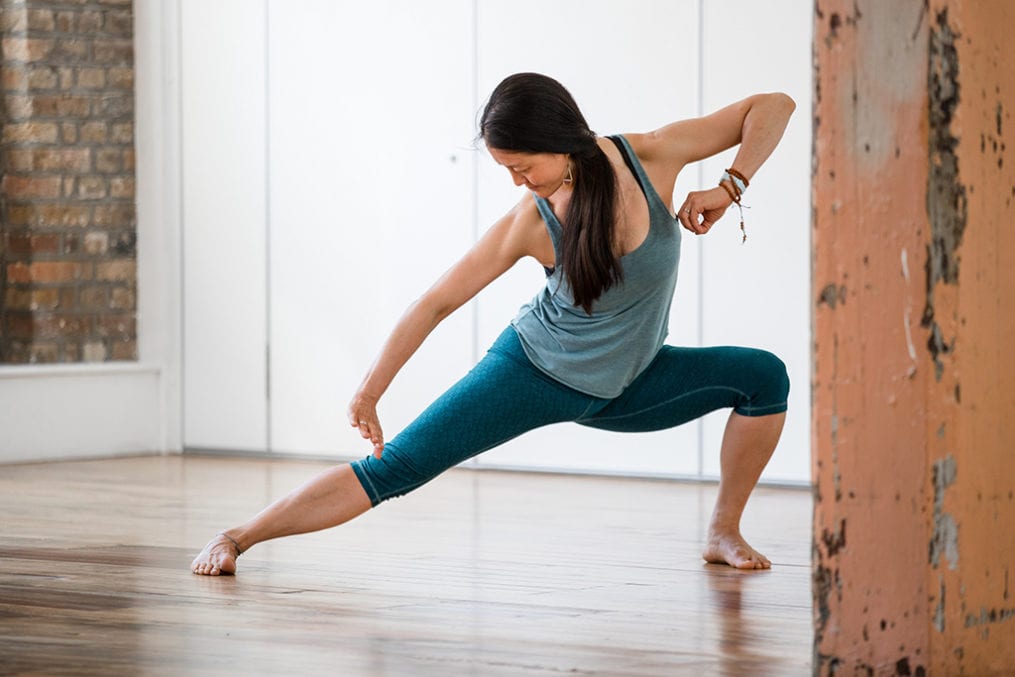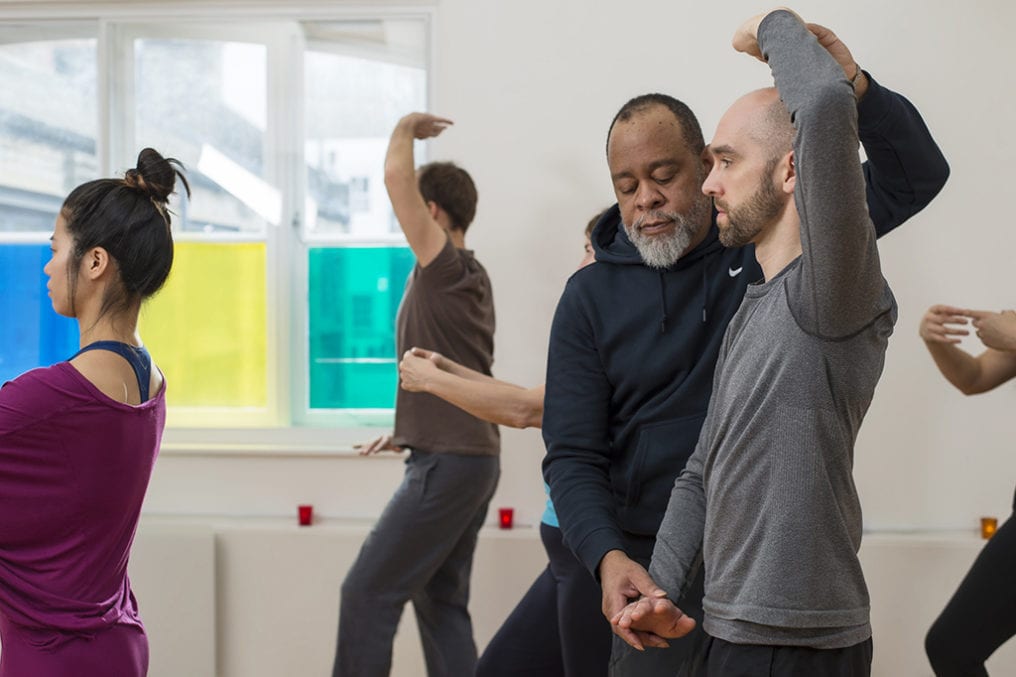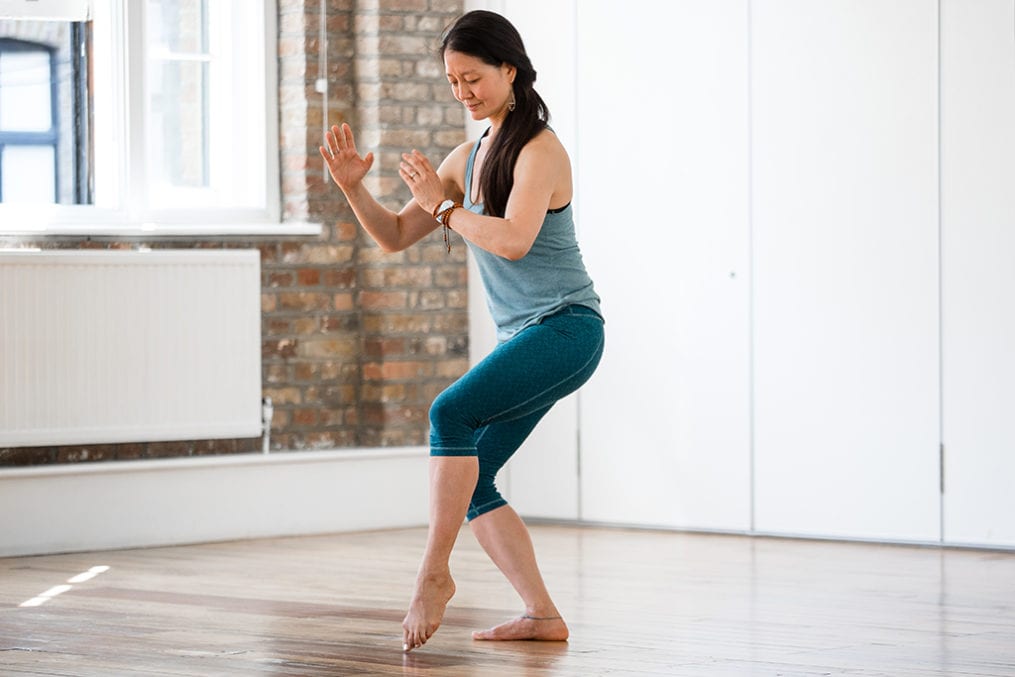Class crashers: Qigong

Scouring the internet didn’t really give me the clearest idea of what to expect from a qigong class. Perhaps based more on hope than evidence, I foresaw an experience similar to yin or restorative yoga. I was thinking blankets, bolsters and some deep stretching while I zone out – lovely. So I booked myself in for an evening session at Triyoga Shoreditch. Having enjoyed their Jivamukti and Vinyasa Flow classes before, I felt I was in safe hands.
I arrive early, pull down a mat and set it in the far corner of the room – familiar territory. I’m wearing classic gym gear – leggings and a vest top designed not to ride up – so am rather thrown when the teacher arrives not only draped in various fabrics, but also telling me that the mat I’ve so carefully laid out won’t be necessary. My technical leggings and scraped-back ponytail start to feel a little stupid.
Worryingly, two minutes before the class is due to start it’s still just me and the instructor in the large studio, and I start to panic at the prospect of an insanely intense hour ahead. Thankfully, I’m eventually joined by three others, and we begin.
Qigong is described by Triyoga as “a mind-body-spirit practice that improves one’s mental and physical health by integrating posture, movement, breathing technique, self-massage, sound, and focused intent.” It’s an ancient Chinese exercise and healing technique, said to increase and balance your energy, or ‘Qi.’ It is sometimes referred to as the Chinese equivalent to yoga, with benefits for mind, body and spirit.

We start standing, moving our heads from side to side. After a couple of minutes I have to suppress a giggle as I imagine how horror-movie-esque we’d look to anyone who happened to stumble upon the class right now – they’d find five people in absolute silence moving their heads in unison, creepy doll style. We then spend a good five minutes rolling around the outer edges of our feet, offering a pleasant massage-like sensation.
It takes a while to upgrade to bigger movements, which involve sweeping movements from side to side, arms curving overhead; twists, occasionally incorporating a leg raise or arm arc; and wide steps, gaze following arms as they swoosh overhead.
It’s honestly difficult to differentiate between the different moves, as it all kind of flows. I struggle to remember them all afterwards – and those that I can are rather difficult to describe. No yoga dictionary will help me here. For me, it feels a bit tai-chi like, but less dynamic, with less purpose and strength. I have to keep chastising myself for my scepticism, but I’m afraid to say I just don’t get it.

I’m not entirely sure of the point throughout – this doesn’t feel like a workout. None of the movements challenge my body in the traditional sense. I am, however, being forced to concentrate on moves so foreign to my body. It feels like I’m compelling it to misbehave – the angular stretches and odd rolls of joints go completely against my instincts.
We end with what our teachers calls a “monkey walk” – with each step the knee lifts high, then we place the foot down slowly and with purpose, as the opposite hand stretches up to the sky, hands flexed. It looks bizarre, but does feel satisfying primal.
I leave rather dazed, only clocking on my way home that all my usual worries and niggles have fallen out my head. The focus required for the class has worked its meditative magic, my mind unable to wander like it’s prone to do when powering through my run-of-the-mill sun salutations. For me, qigong is a slow-burner, but in a rigid and stressful world, I can see how people become devotees of this free-flowing practice – just be prepared for a workout of the mind, rather than the body.
Find out more: triyoga.co.uk/qigong-classes/









